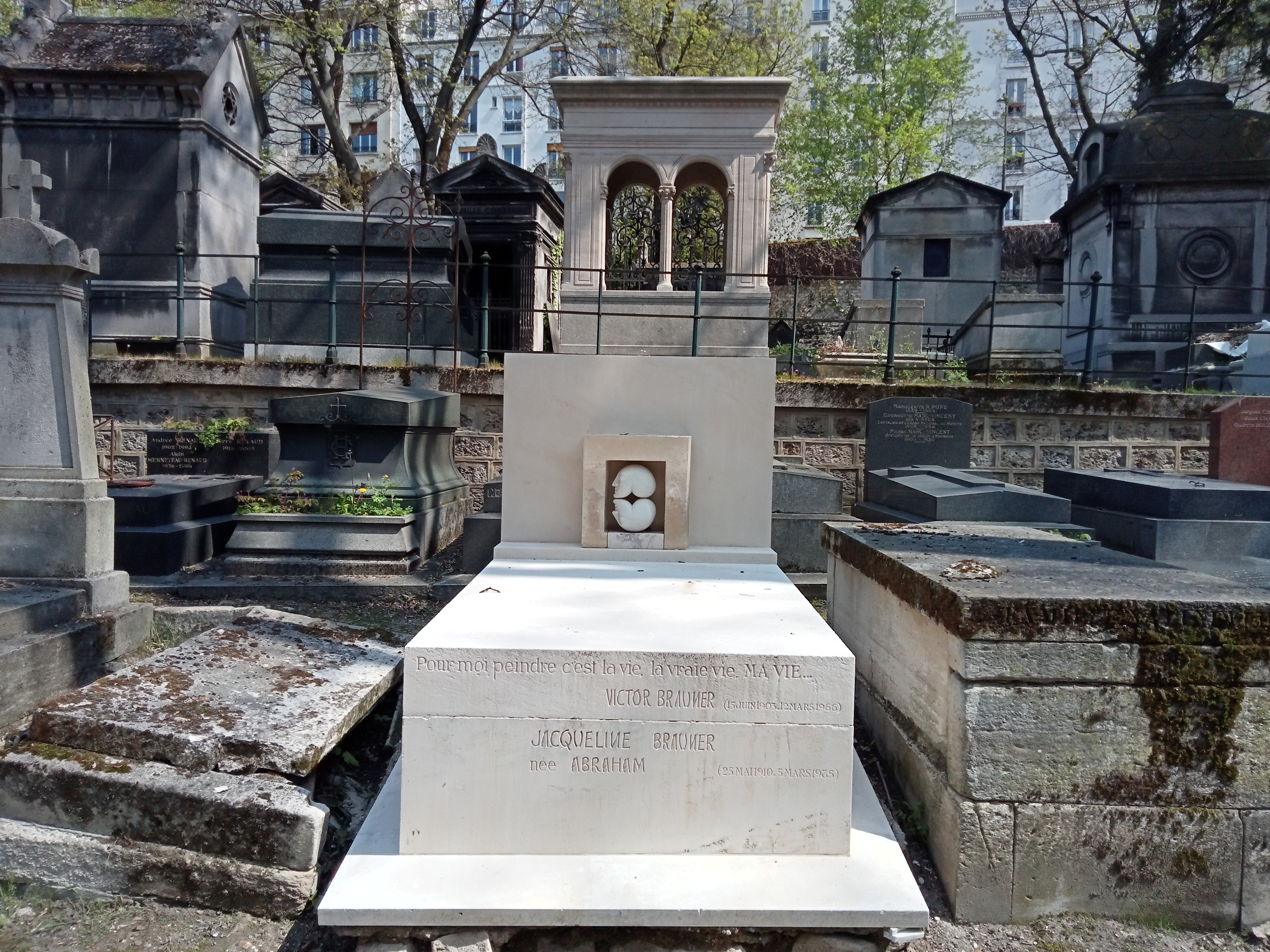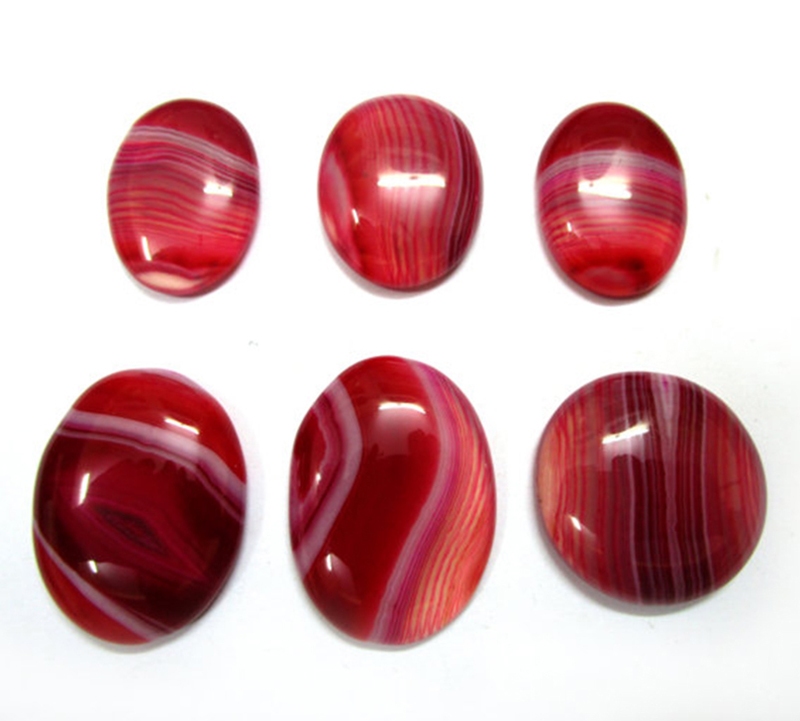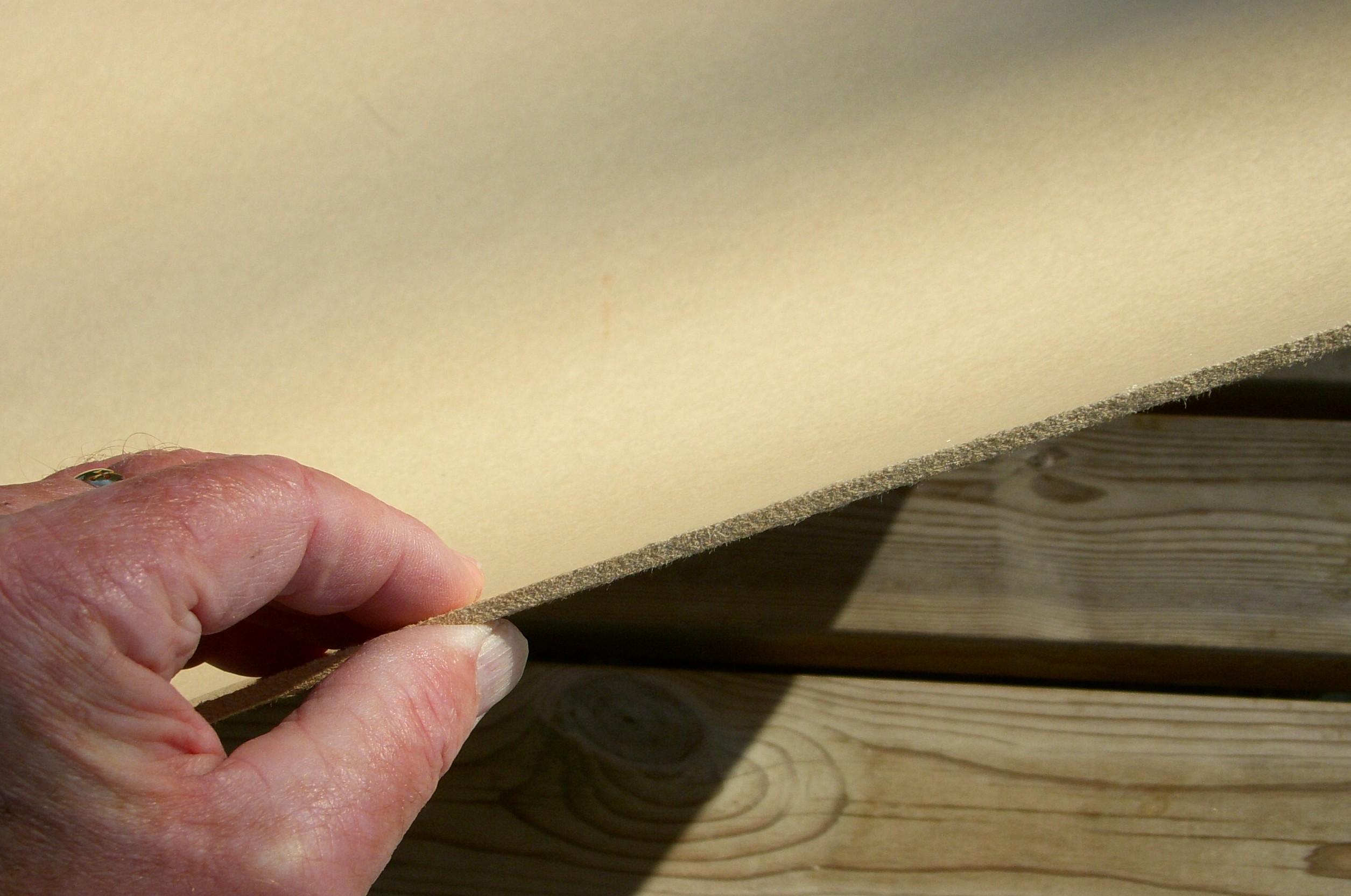|
Pedro Coronel
Pedro Coronel (b. Jerez, Zacatecas March 25, 1922- d. Mexico City May 23, 1985) was a Mexican sculptor and painter, part of the Generación de la Ruptura, bringing innovation into Mexican art in the mid 20th century. Coronel’s training was with artists of the Mexican muralism tradition, with influence from artists like Diego Rivera. This influence remained with the use of pre Hispanic themes and colors in his work. However, his artistic trajectory took him towards more use of color and more abstract forms in his work, due to influences from artists such as Rufino Tamayo. His work was exhibited and gained recognition in Mexico, the United States and Europe. Shortly before his death, he donated his considerable personal art collection to the people of Mexico, which was used to open the Museo Pedro Coronel in the city of Zacatecas. Life Pedro Coronel was born on March 25, 1921, in Jerez, Zacatecas to an upper-middle-class family. His mother played the violin and his father played ... [...More Info...] [...Related Items...] OR: [Wikipedia] [Google] [Baidu] |
Mathias Goeritz
Werner Mathias Goeritz Brunner (4 April 1915, Danzig, German Empire – 4 August 1990, Mexico City) was a Mexican painter and sculptor of German people, German origin. After spending much of the 1940s in North Africa and Spain, he and his wife, photographer Marianne Gast, immigrated to Mexico in 1949. Early life and education Mathias Goeritz was born in Danzig, German Empire in 1915 and spent his childhood in Berlin. He began studying philosophy and the history of art at Berlin's Friedrich-Wilhelm-Universität, now known as the Humboldt University of Berlin, in 1934.''Mathias Goeritz 1915-1990: El Eco: Bilder, Skulpturen, Modelle'', ed. Christian Schneegass (Berlin: Akademie der Künste, 1992), 465. He received a doctorate in art history from this institution in 1940. His doctoral dissertation on the nineteenth-century German painter Ferdinand von Rayski was published as ''Ferdinand Von Rayski und die Kunst des Neunzehnten Jahrhunderts''. During the course of his studies, Goerit ... [...More Info...] [...Related Items...] OR: [Wikipedia] [Google] [Baidu] |
Tabasco
Tabasco (), officially the Free and Sovereign State of Tabasco ( es, Estado Libre y Soberano de Tabasco), is one of the 32 Federal Entities of Mexico. It is divided into 17 municipalities and its capital city is Villahermosa. It is located in the southeast of the country, bordering the states of Campeche to the northeast, Veracruz to the west, and Chiapas to the south and the Petén department of Guatemala to the southeast. It has a coastline to the north with the Gulf of Mexico. Most of the state is covered in rainforest as, unlike most other areas of Mexico, it has plentiful rainfall year-round. The state is also home to La Venta, the major site of the Olmec civilization, considered to be the origin of later Mesoamerican cultures. It produces significant quantities of petroleum and natural gas. Geography The state is located in the southeast of Mexico, bordering the states of Campeche, Chiapas, and Veracruz, with the Gulf of Mexico to the north and the country of Guatemala ... [...More Info...] [...Related Items...] OR: [Wikipedia] [Google] [Baidu] |
Museo De Arte Moderno
The Museo de Arte Moderno (Museum of Modern Art) is located in Chapultepec park, Mexico City, Mexico. The museum is part of the Instituto Nacional de Bellas Artes y Literatura and provides exhibitions of national and international contemporary artists. The museum also hosts a permanent collection of art from Remedios Varo, Gelsen Gas, Frida Kahlo, Olga Costa, Diego Rivera, David Alfaro Siqueiros, José Clemente Orozco, Manuel Álvarez Bravo, Leonora Carrington, Rufino Tamayo, Juan Soriano, and Vicente Rojo Almazán. In 1971 the posthumous retrospective exhibition of Varo drew the largest audiences in its history - larger than those for Rivera and Orozco. Background A forerunner of the MAM, the National Museum of Plastic Arts, was created in 1947 by Carlos Chávez. This first museum was located inside the Palacio de Bellas Artes. However, this museum was more than modest and provisional in part because of the museological conception of modern art since it was considered ju ... [...More Info...] [...Related Items...] OR: [Wikipedia] [Google] [Baidu] |
Salón De La Plástica Mexicana
Salón de la Plástica Mexicana (Hall of Mexican Fine Art; ''SPM'') is an institution dedicated to the promotion of Mexican contemporary art. It was established in 1949 to expand the Mexican art market. Its first location was in historic center of the city but today it mostly operates out of a building in Colonia Roma. The institution is run by a membership of almost four hundred recognized artists and holds multiple exhibitions each year. Although it operates autonomously, it is part of the Instituto Nacional de Bellas Artes y Literatura. Organization and mission When it opened in 1949, the main purpose of the Salón de la Plástica Mexicana was to promote the work of Mexican artists, creating a larger and more active market for Mexican art with emphasis on contemporary works.dead link The works are often offered at discount prices and include drawings, engravings and watercolors as well as oils. The idea is to promote art to the general public as well as to large collectors. ... [...More Info...] [...Related Items...] OR: [Wikipedia] [Google] [Baidu] |
Constantin Brâncuși
Constantin Brâncuși (; February 19, 1876 – March 16, 1957) was a Romanian Sculpture, sculptor, painter and photographer who made his career in France. Considered one of the most influential sculptors of the 20th-century and a pioneer of modernism, Brâncuși is called the patriarch of modern sculpture. As a child he displayed an aptitude for carving wooden farm tools. Formal studies took him first to Bucharest, then to Munich, then to the École des Beaux-Arts in Paris from 1905 to 1907. His art emphasizes clean geometry, geometrical lines that balance forms inherent in his materials with the symbolism (arts), symbolic allusions of representational art. Brâncuși sought inspiration in non-European cultures as a source of Primitivism, primitive exoticism, as did Paul Gauguin, Pablo Picasso, André Derain and others. However, other influences emerge from Romanian folk art traceable through Byzantine and Dionysian traditions. Early years Brâncuși grew up in the village ... [...More Info...] [...Related Items...] OR: [Wikipedia] [Google] [Baidu] |
Victor Brauner
Victor Brauner (, also spelled Viktor Brauner; 15 June 1903 – 12 March 1966) was a Romanian painter and sculptor of the surrealist movement. Early life He was born in Piatra Neamț, Romania, the son of a Jewish timber manufacturer who subsequently settled in Vienna with his family for a few years. It is there that young Victor attended elementary school. When his family returned to Romania in 1914, he continued his studies at the Lutheran school in Brăila. His interests revolved around zoology during that period. He attended the National School of Fine Arts in Bucharest (1916–1918) and Horia Igiroșanu private school of painting. He visited Fălticeni and Balcic, and started painting landscapes in the manner of Paul Cézanne. Then, as he testified himself, he went through all the stages: "Dadaist, Abstractionist, Expressionist". On 26 September 1924, the Mozart Galleries in Bucharest hosted his first personal exhibition. In that period he met poet Ilarie Voronca, toget ... [...More Info...] [...Related Items...] OR: [Wikipedia] [Google] [Baidu] |
Onyx
Onyx primarily refers to the parallel banded variety of chalcedony, a silicate mineral. Agate and onyx are both varieties of layered chalcedony that differ only in the form of the bands: agate has curved bands and onyx has parallel bands. The colors of its bands range from black to almost every color. Commonly, specimens of onyx contain bands of black and/or white. Onyx, as a descriptive term, has also been applied to parallel banded varieties of alabaster, marble, calcite, obsidian and opal, and misleadingly to materials with contorted banding, such as "Cave Onyx" and "Mexican Onyx". Etymology ''Onyx'' comes through Latin (of the same spelling), from the Ancient Greek , meaning "claw" or "fingernail". Onyx with flesh-colored and white bands can sometimes resemble a fingernail. The English word "nail" is cognate with the Greek word. Varieties Onyx is formed of bands of chalcedony in alternating colors. It is cryptocrystalline, consisting of fine intergrowths of the silica m ... [...More Info...] [...Related Items...] OR: [Wikipedia] [Google] [Baidu] |
Masonite
Masonite is a type of hardboard, a kind of engineered wood, which is made of steam-cooked and pressure-molded wood fibers in a process patented by William H. Mason. It is also called Quartrboard, Isorel, hernit, karlit, torex, treetex, and pressboard. History A product resembling masonite (hardboard) was first made in England in 1898 by hot-pressing waste paper.Akers, 1966, p. x Masonite was patented in 1924 in Laurel, Mississippi, by William H. Mason, who was a friend and protégé of Thomas Edison. Mass production started in 1929. In the 1930s and 1940s, Masonite was used for applications including doors, roofing, walls, desktops, and canoes. It was sometimes used for house siding. Similar "tempered hardboard" is now a generic product made by many forest product companies. The Masonite Corporation entered the door business as a supplier of facings in 1972, and was purchased in 2001 by Premdor Corporation, a door maker, from its former parent International Paper. It no longe ... [...More Info...] [...Related Items...] OR: [Wikipedia] [Google] [Baidu] |
Zacatecas
, image_map = Zacatecas in Mexico (location map scheme).svg , map_caption = State of Zacatecas within Mexico , coordinates = , coor_pinpoint = , coordinates_footnotes = , subdivision_type = Country , subdivision_name = Mexico , subdivision_type1 = Capital , subdivision_name1 = Zacatecas , subdivision_type2 = Municipalities , subdivision_name2 = 58 , established_title = Admission , established_date = December 23, 1823 , established_title2 = Order , established_date2 = 10th , founder = , seat_type = , seat = , government_footnotes = , leader_party = , leader_title = Governor , leader_name = David Monreal Ávila , leader_title1 = Senators , leader_name1 = , leader_title2 = Deputies , leader_name2 = , unit_pref ... [...More Info...] [...Related Items...] OR: [Wikipedia] [Google] [Baidu] |
Chagall
Marc Chagall; russian: link=no, Марк Заха́рович Шага́л ; be, Марк Захаравіч Шагал . (born Moishe Shagal; 28 March 1985) was a Russian-French artist. An early modernism, modernist, he was associated with several major art movement, artistic styles and created works in a wide range of artistic formats, including painting, drawings, book illustrations, stained glass, stage sets, ceramics, tapestries and fine art prints. Born in the Russian Empire, today Belarus, he was of Russian Jews, Jewish origin. Before World War I, he travelled between Saint Petersburg, Paris, and Berlin. During this period he created his own mixture and style of modern art based on his idea of Eastern Europe and Jewish folk culture. He spent the wartime years in Belarus, becoming one of the country's most distinguished artists and a member of the modernist avant-garde, founding the Vitebsk Museum of Modern Art, Vitebsk Arts College before leaving again for Paris in 1923 ... [...More Info...] [...Related Items...] OR: [Wikipedia] [Google] [Baidu] |





